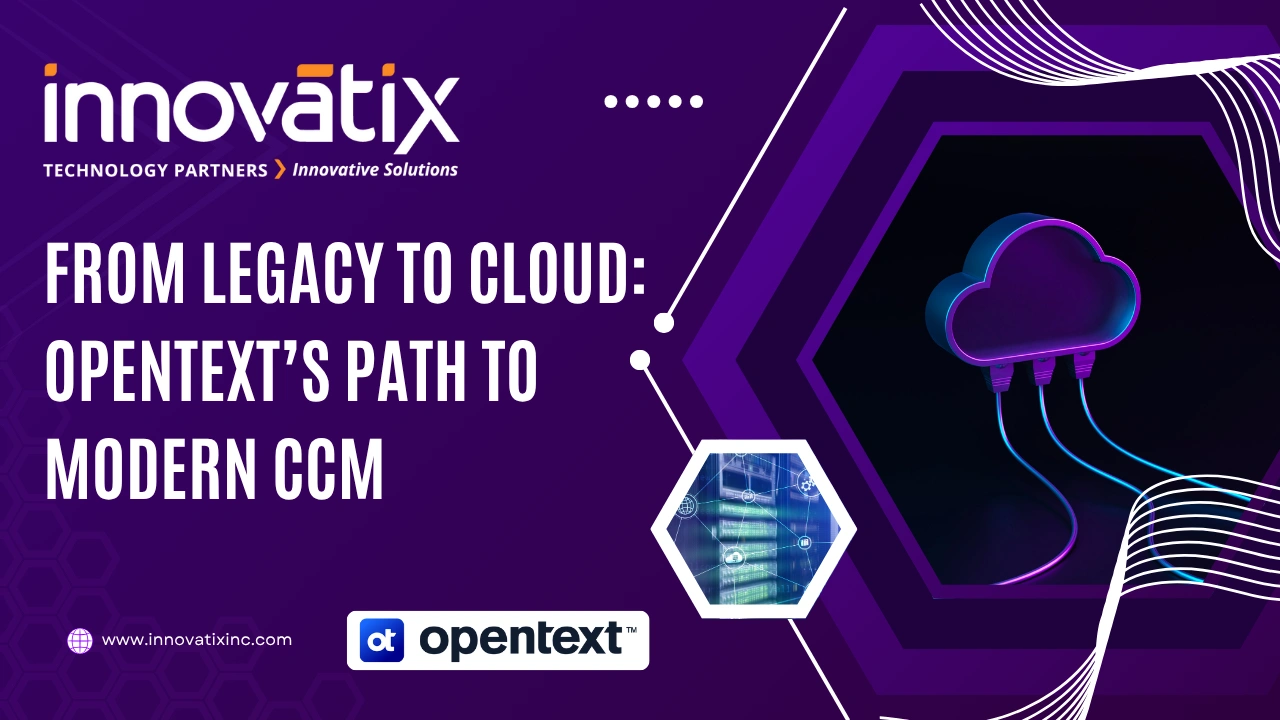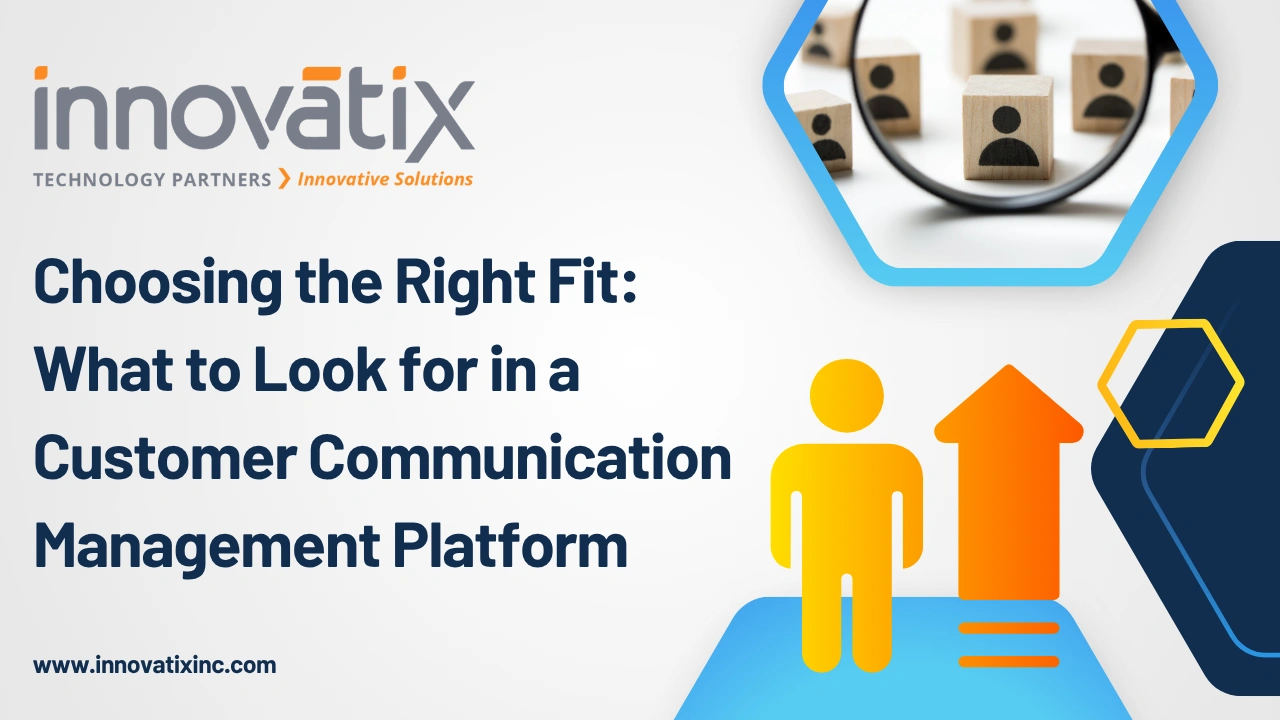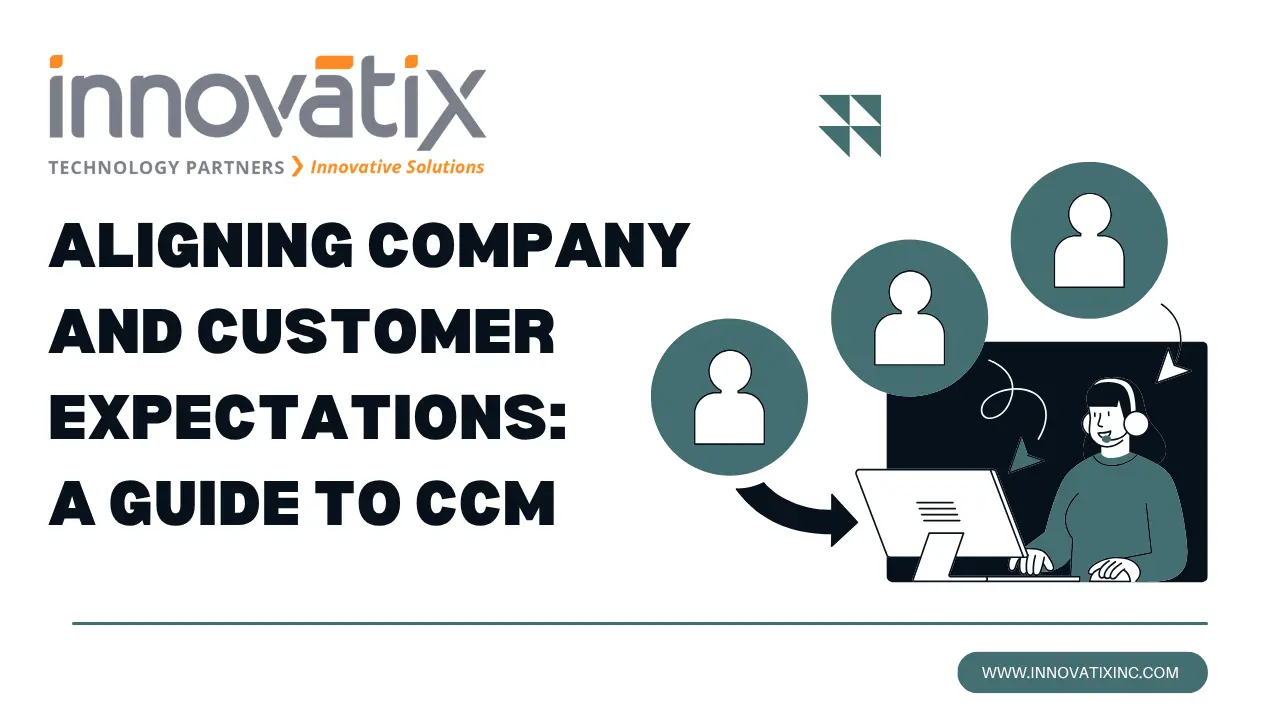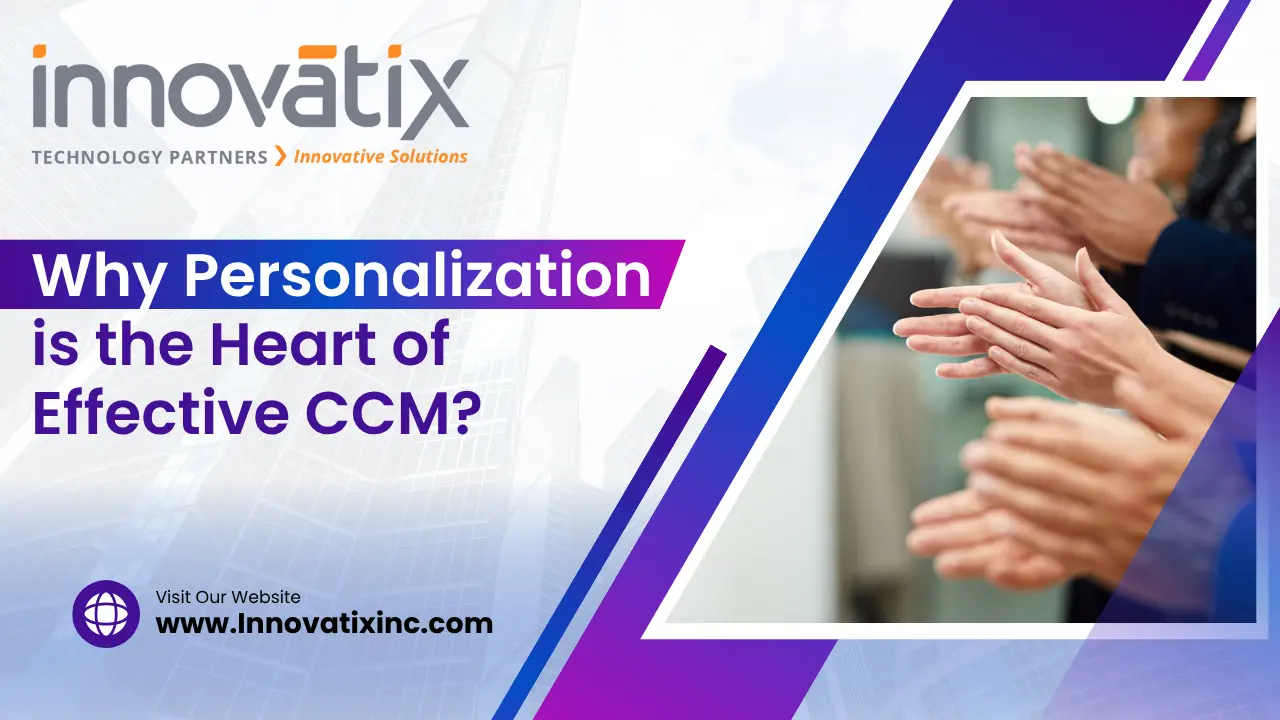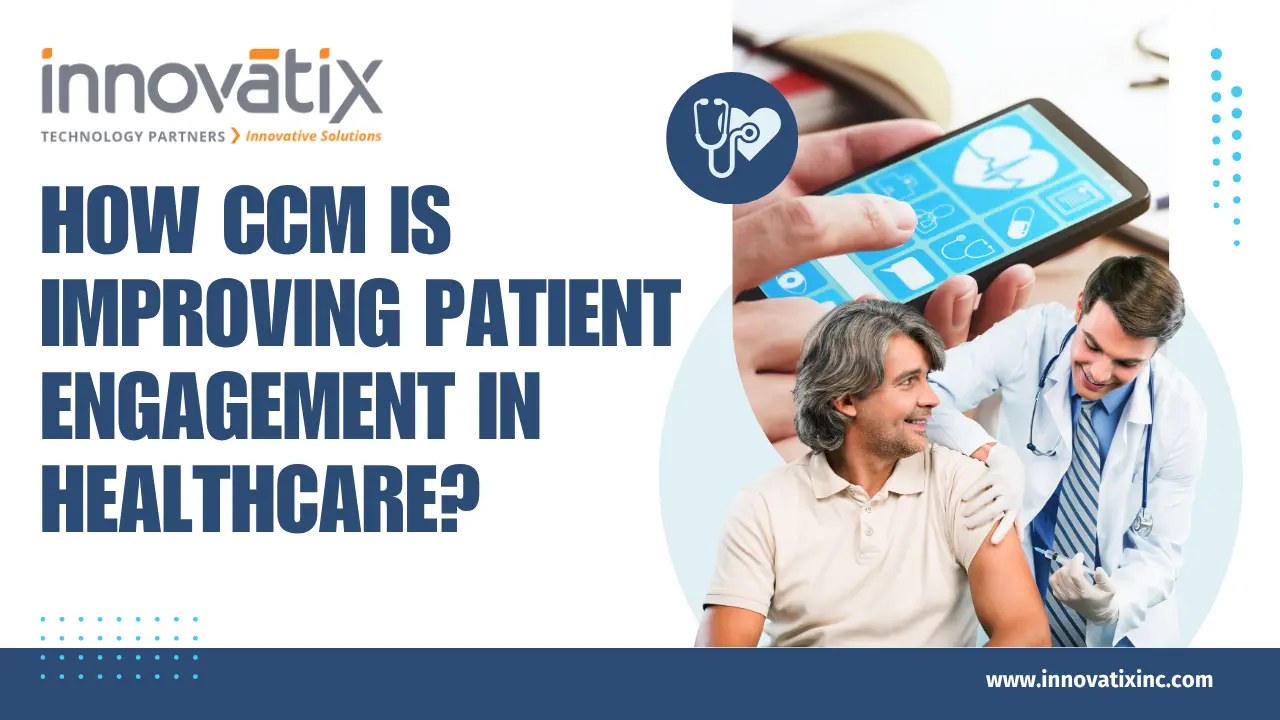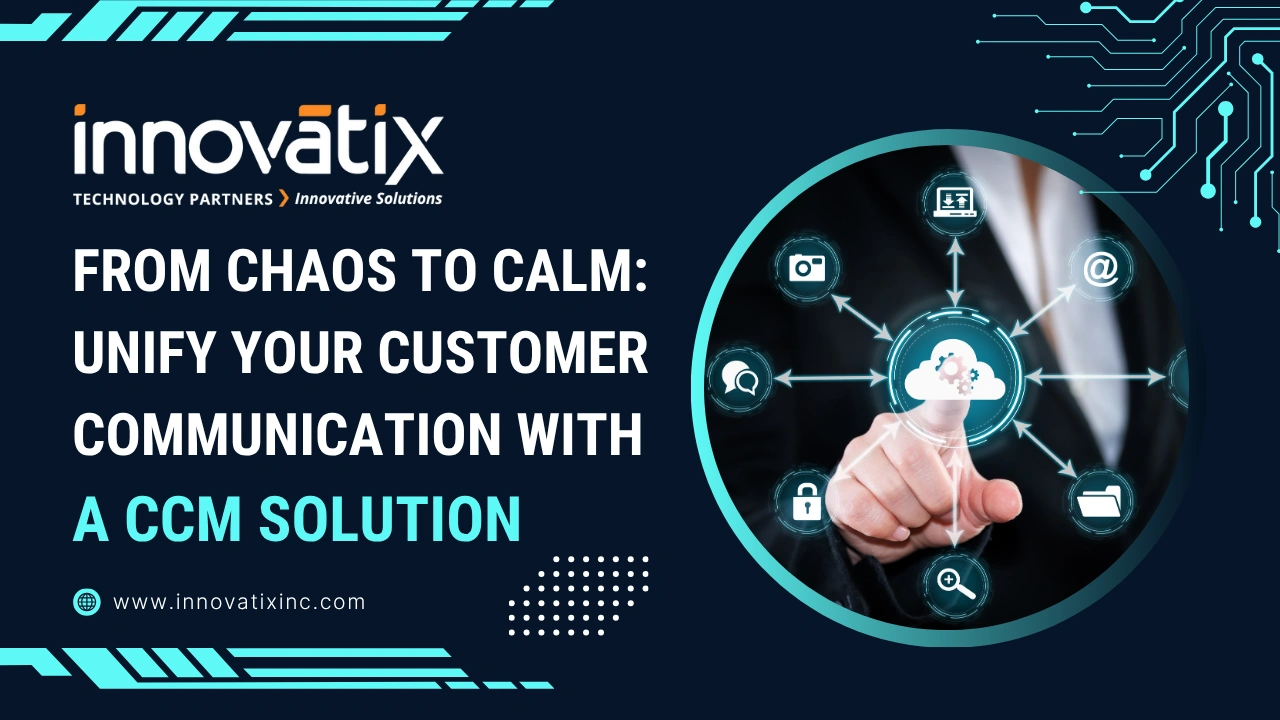Customer Communications Management (CCM) has long been a cornerstone of successful enterprises. Legacy CCM systems—once the backbone of high-volume document generation and transactional communications—are now struggling to meet the exponential expectations of today’s digital-first customers. As we move into the experience economy, where personalization, omnichannel delivery, and compliance are mission-critical, transitioning from legacy systems to modern, cloud-based CCM is now a necessity, not a luxury. At the forefront of this transformation is OpenText, a global leader in information management solutions, guiding organizations on their journey from legacy infrastructure to agile, secure, and future-proof cloud CCM. In this blog, we will unpack OpenText’s strategic vision, explore the business and technical drivers behind the shift, detail OpenText’s cloud CCM capabilities, showcase best practices for migration, and offer a roadmap for organizations seeking to modernize and future-proof their customer experience. What is Legacy CCM? Legacy CCM refers to the traditional, on-premises software platforms that produce structured communications such as statements, bills, policy documents, and letters. These platforms were designed for high-volume print output, often siloed within specific departments (finance, claims, customer service), and are deeply embedded in critical business processes. Pain Points of Legacy CCM 1. Siloed Operations and Limited Integration Legacy CCM systems are often isolated across departments, making it difficult to obtain a 360-degree view of customer interactions or manage communications consistently across the enterprise. 2. Complexity and Technical Debt Custom code, aging infrastructure, and skills shortages among legacy system administrators increase technical debt, operational risk, and maintenance costs. 3. Compliance and Security Risks Legacy systems can struggle to adapt to evolving compliance regulations (GDPR, HIPAA), putting organizations at risk of fines and reputational damage. 4. Inability to Meet Modern CX Demands Customers expect real-time, interactive, and personalized communication via their channel of choice—including email, SMS, mobile apps, chat, and social media. Legacy CCM systems are ill-equipped to deliver such dynamic, omnichannel experiences. 5. Cost and Scalability Constraints Hardware limitations, on-premises licensing, and manual workflows lead to high operational costs and poor scalability, especially when business needs fluctuate. 6. End-of-Life and Vendor Support Many legacy CCM vendors have announced end-of-life for aging products, forcing organizations to confront difficult choices about upgrade paths and future support. The Imperative for Modernization Why Modernize Now? Signs It’s Time to Modernize According to OpenText, you should consider CCM modernization if: The Shift: From CCM to CXM A critical aspect of modernization is the evolution from Customer Communications Management (CCM) to Customer Experience Management (CXM). This shift expands the focus from transactional, document-centric communications to holistic, personalized customer journeys. Key Differences OpenText’s Vision OpenText’s Experience Cloud is purpose-built to support this transformation, providing a unified platform for omnichannel CCM and CXM with deep analytics, automation, and AI-powered personalization. OpenText’s Cloud-Native CCM Solutions OpenText™ Experience Cloud is a cloud-native CCM platform that unifies content, communications, data, and analytics to deliver personalized, compliant customer experiences across channels. It supports digital transformation by centralizing engagement strategies while offering flexible scaling. As a SaaS solution, it runs on public, private, or hybrid clouds—enabling smooth, disruption-free transitions. Key Features and Capabilities The Business Case: Benefits of OpenText Cloud CCM Adopting OpenText’s cloud-native Customer Communications Management (CCM) platform delivers strategic value across operational efficiency, customer engagement, and regulatory compliance. Below are the key business benefits that make a strong case for transitioning to OpenText Experience Cloud: The OpenText Cloud CCM Migration Roadmap OpenText’s Accelerated Modernization Program (AMP) OpenText’s Accelerated Modernization Program (AMP) provides a structured, proven framework for modernizing from legacy Customer Communications Management (CCM) systems to the cloud. This phased approach ensures minimal disruption, faster value realization, and long-term transformation aligned with business goals. Phase 1: Assess and Deploy Phase 2: Modernize, Adopt, and Manage Phase 3: Decommission Legacy Why a Phased Approach? A “rip and replace” strategy is rarely feasible for large organizations with deeply embedded CCM. The phased approach ensures low risk, business continuity, and iterative value delivery. Value Mapping and Needs Assessment OpenText recommends a thorough value mapping exercise, including: Overcoming Migration Challenges Common Obstacles OpenText’s Solutions Real-World Success Stories 1. Insurance Industry Transformation A global life insurer migrated from a fragmented, on-premises CCM to OpenText Experience Cloud. By consolidating communications and enabling omnichannel journeys, the company achieved: 2. Banking Sector Modernization A major global bank replaced legacy document generation systems with cloud-native OpenText Communications. The results: 3. Healthcare Compliance Enhancement A healthcare provider adopted OpenText cloud CCM to ensure HIPAA compliance, automate patient communications, and integrate with EHR systems, resulting in: The Future: AI, Automation, and the Experience Economy OpenText is continuously expanding its cloud CCM capabilities. Recent enhancements include: The rise of the experience economy means organizations must not only communicate, but orchestrate meaningful, context-aware engagement at every touchpoint. OpenText’s cloud CCM provides the scale, agility, and intelligence needed to thrive in this new reality. Best Practices for a Successful CCM Cloud Transformation Conclusion: The Time to Act is Now The transition from legacy CCM to a modern, cloud-native platform is more than a technology upgrade—it is a strategic imperative in the digital age. As customer expectations soar and regulatory demands intensify, only cloud-based, intelligent CCM can deliver the agility, compliance, and experiences today’s enterprises need. OpenText, with its proven Experience Cloud suite and deep migration expertise, is the trusted partner for organizations seeking to modernize at scale. By embracing OpenText’s path, enterprises can unlock faster innovation, superior customer engagement, and long-term competitive advantage. Are you ready to modernize your CCM and future-proof your customer experience? Connect with OpenText experts at Innovatix Technology Partners to discover your tailored path from legacy to cloud—and join the leaders who are redefining customer engagement for the future.



